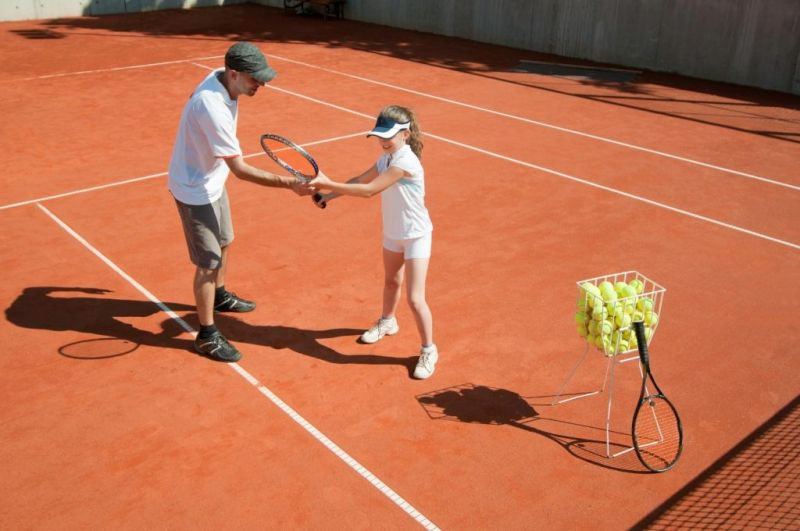Who will coach the tennis coaches?

Quis custodiet ipsos custodies?
This is a well-known Latin proverb that translates to Who will guard the guards? If we apply the essence of this proverb to the world of tennis coaching, it may boil down to having a system that is coach-centric, be it new certifications or continuing education of a tennis coach. The impact of a Coach in any sport can be deceptive, what meets the eye is a child learning the skills physically on-court, session by session. The other aspects of learning such as motivation, handling emotions, and developing a love for the sport long-term often remain invisible. And then, someday, when a child loses interest in a particular sport, all hell breaks loose. These invisible pieces have amalgamated into a sizeable factor that triggers withdrawal, much to the despair of the coaches and parents. A deeper look into the reasons behind the drop-out rates of tennis students at the grassroots reveals that the lack of trained coaches is the biggest negative contributor.
Coach Education Pathway
The vision of the All India Tennis Association (AITA), the central tennis body that governs and manages the sport, categorically states the need for creating certified coaches through official workshops. As per the International Tennis Federation (ITF), the national body AITA has structured the coach certification process into seven levels – from elementary up to elite. Coaching workshops are scheduled by the state-level tennis associations in different zones of the country, thereby providing opportunities for coaches to up-skill themselves constantly.
Organizations such as the National Institute of Sports (NIS) also offer a wide range of programs that includes certifications and long-format educational degrees in coaching. In spite of this existing system to certify coaches, the looming question has always been “Is the supply in line with the required demand?” Since AITA’s vision also includes creating more infrastructure in Tier-2/3 cities and promoting tennis at the grassroots level in schools, the need for coaches snowballs into a serious problem for authorities to address.
Lop-sided supply-demand ratio
Gone are the days when every city or town had a handful of tennis clubs, with a finite number of tennis coaches and students. With the infrastructure boom in the past decade, tennis courts have made their way into several schools, and sports education has been integrated into the curriculum for every child.
In a recent study by researchers (Saini, Pandey) of Amity University, thirty schools in Delhi were surveyed to evaluate the tennis infrastructure, personnel, and programs offered. The findings revealed 40% of the schools did not have a tennis coach in spite of having tennis courts. As a make-do option, in 23% of the schools, a P.E. teacher without any tennis certification had to substitute as a tennis coach to keep the program afloat. If schools were to be considered the ideal platform for promoting the sport and nurturing talent, such statistics on-ground serve as a sound warning to the tennis federations to ramp up the severe shortage of certified tennis coaches at the grassroots level.
The way forward
Given that All India Tennis Association (AITA) has structured itself at the state and district levels, coach licenses issued with a mandatory renewal clause can lead to a national database of tennis coaches put up on a transparent viewable grid. Also, by ensuring that academies, sports clubs, and schools with tennis infrastructure are inter-linked, the capacity-building requirement for coach education can be planned ahead.
For the existing uncertified tennis coaches out there at large, a deadline can be issued to register in the official coach registry system. When school management intends to begin a tennis program, the coach registry can serve as a means to verify the background of the recruited coach. The awareness of the parents needs to be increased as well, so they stay vigilant on the credentials of the tennis coach associated with their respective children.
With such checks and balances in place involving all stakeholders, the probability of any systemic leakages linked to uncertified coaches can certainly be minimized.
As they say, a good coach can change a game, a great coach can change a life.
